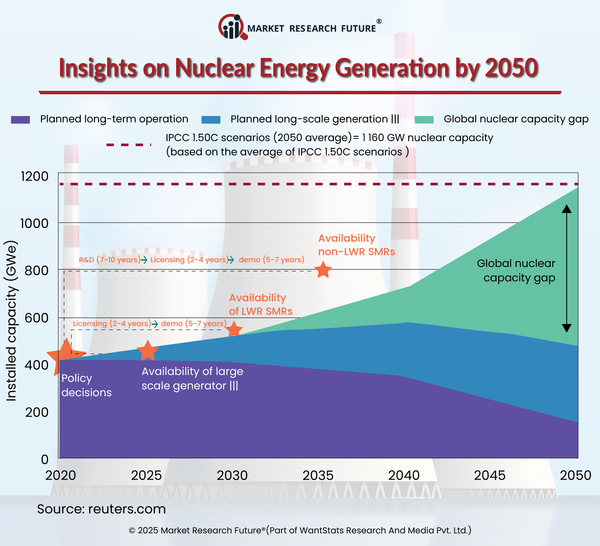
Deep Learning Estimates Watershed Subsurface Permeability using Stream Discharge
By Aarti Dhapte , 21 November, 2022
Scientists from Pacific Northwest National Laboratory, Oak Ridge National Laboratory, and Los Alamos National Laboratory trained deep neural networks (DNNs) to estimate subsurface permeability from stream discharge hydrographs in a study published in Frontiers in Earth Science.
In watershed models, subsurface permeability is a critical parameter that determines the contribution of subsurface flow to stream flows. It is difficult and expensive to directly measure permeability at the spatial extent and resolution required by the watershed models. Researchers often use inverse modeling to evaluate permeability. Compared to groundwater monitoring data, the wide availability of stream surface flow data provides a novel data source for integrated surface and subsurface hydrologic models to infer soil and geologic features.
First, they trained the DNNs to map the correlations between soil and geologic layer permeabilities and simulated stream discharge from the examined watershed's integrated surface-subsurface hydrologic model. The DNNs outperformed the classic inverse modeling method in terms of permeability estimates. Using observed stream discharge from the research site, the DNNs assessed the permeability of a natural watershed (Rock Creek Catchment in the headwaters of the Colorado River). The watershed model accurately predicted the stream flows, with permeability calculated by DNNs. This study highlights the importance of upcoming deep learning methods for assisting with integrated watershed modeling by enhancing parameter estimation, which will eventually reduce uncertainty in predictive watershed models.
The permeability of subsurface rocks and soils measures how well liquids flow through them. It is essential in determining subsurface flow and transport mechanisms in watersheds. However, measuring permeability directly at the size and precision required by watershed models is challenging and expensive. Stream flow monitoring data, on the other hand, is publicly available. The connections between permeability and stream flow open a new avenue for evaluating subsurface permeability. Deep learning, a sort of artificial intelligence, was used in this study. Deep understanding assesses a watershed's subsurface permeability from stream discharge data more precisely than standard methods. This enhancement will aid in calibrating watershed models and minimize the uncertainty in stream discharge prediction.
Traditional Machine Learning and Deep Learning Performance Comparison
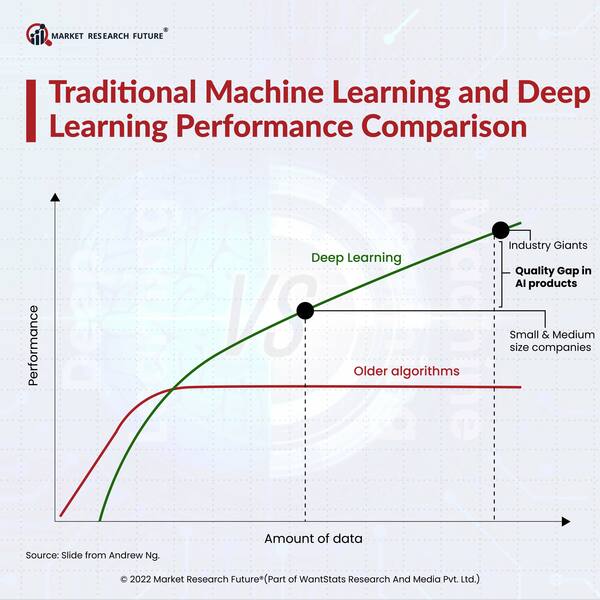
Latest News

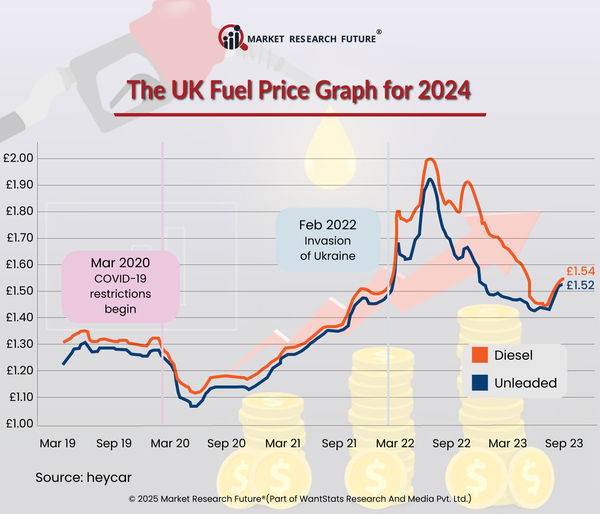
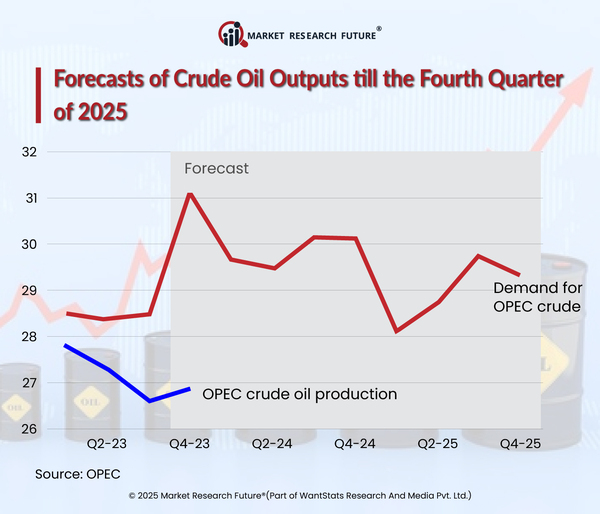
Asia has retained the position as the top oil importer in 2025, and continues to maintain that critical position in the energy sector that the world relies on. China has retained its top spot as the most prominent crude oil importer since 2013. The…
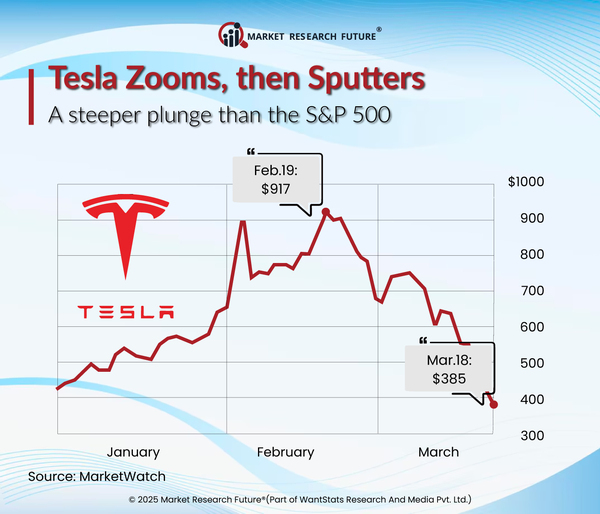
Once the clear leader in the electric vehicle (EV) sector, Tesla's European market is expected to be drastically declining in 2025. Although CEO Elon Musk is still divisive in the United States, recent registration numbers show a bleak image of…
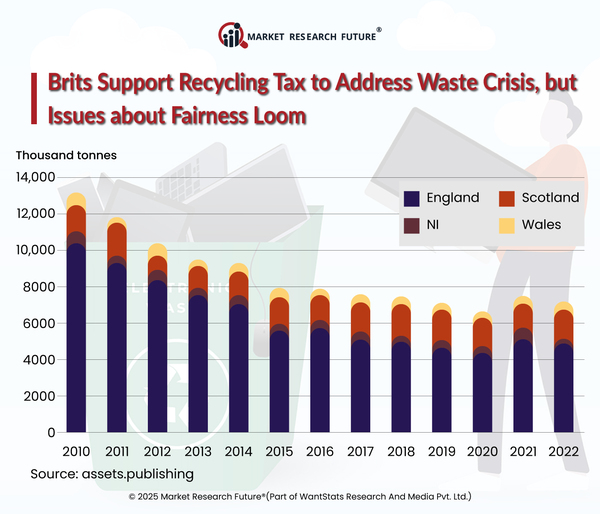
In 2025, the UK government unveiled many essential policies to address the growing trash situation, including a new plastic packaging tax and a landfill fee rise to lessen dependency on landfills. Studies show that over half of Britons support taxes…

Team Lead - Research
Latest News













